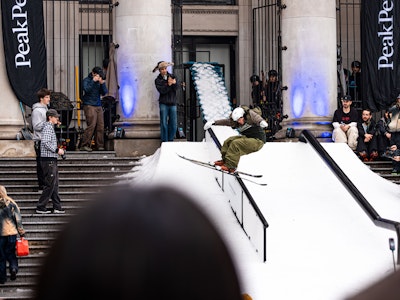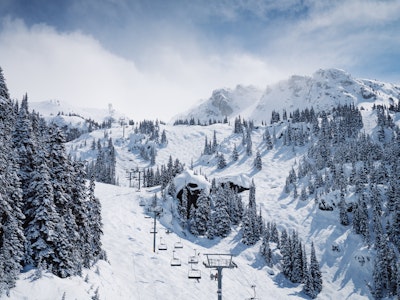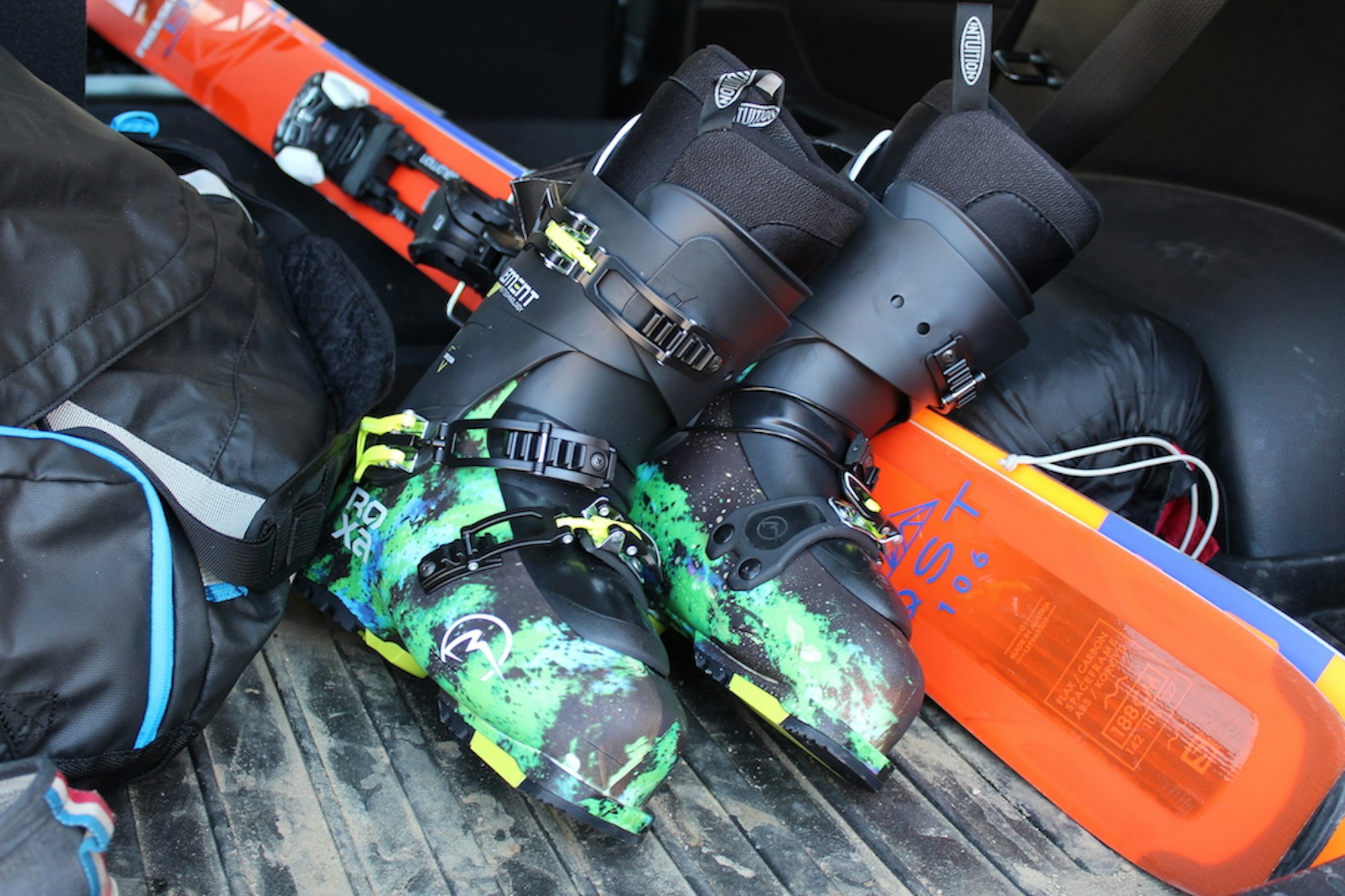There’s a solid chance that you’ve never heard of Italian ski boot brand, Roxa. And that’s OK; the company is still relatively small and mainly known to elite skiers in Europe at the moment. But, now, it’s time for everyone to get familiar because these boots are straight-up radical. I recently tested out the Element 120, coming out for fall 2017; here’s how it went.
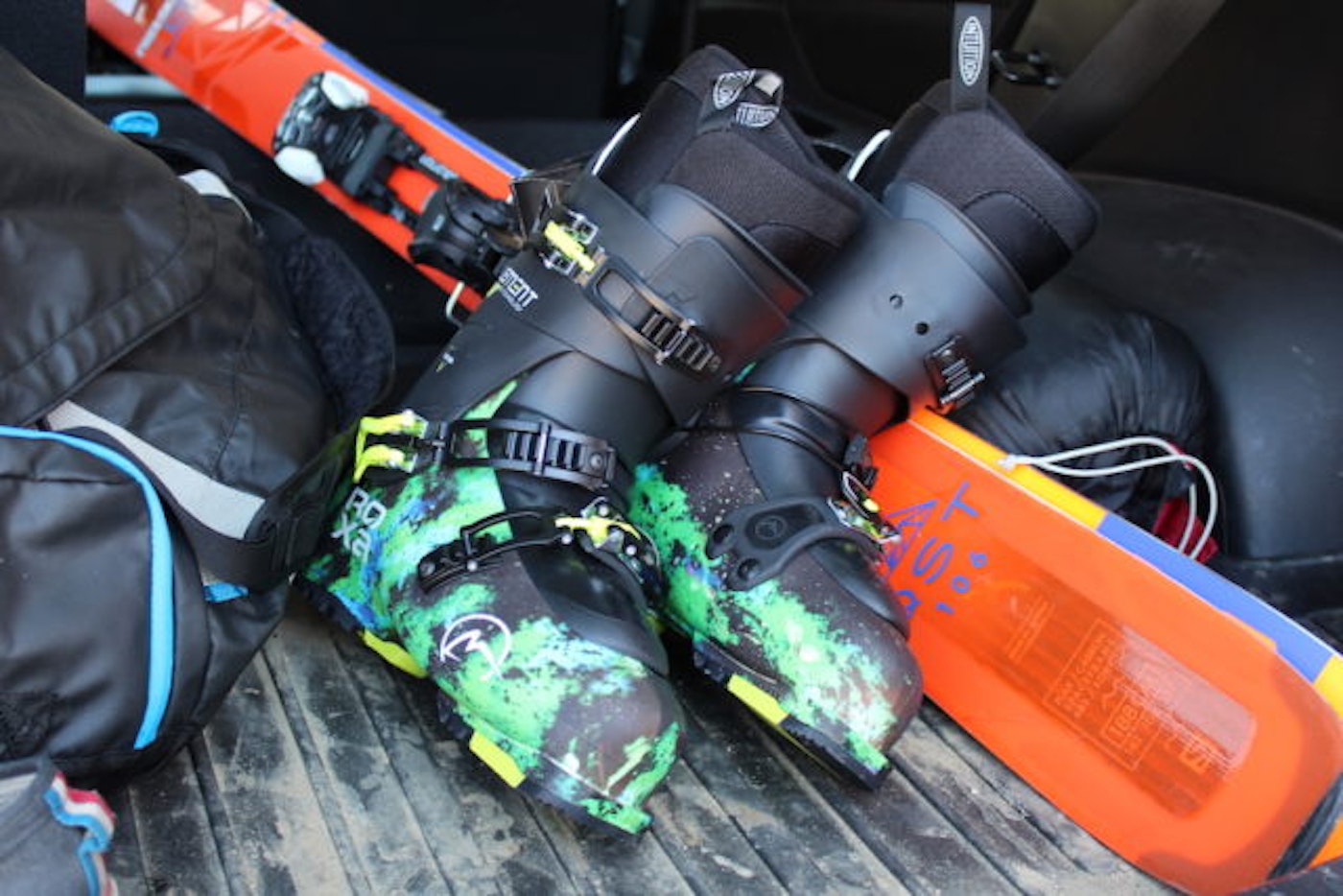
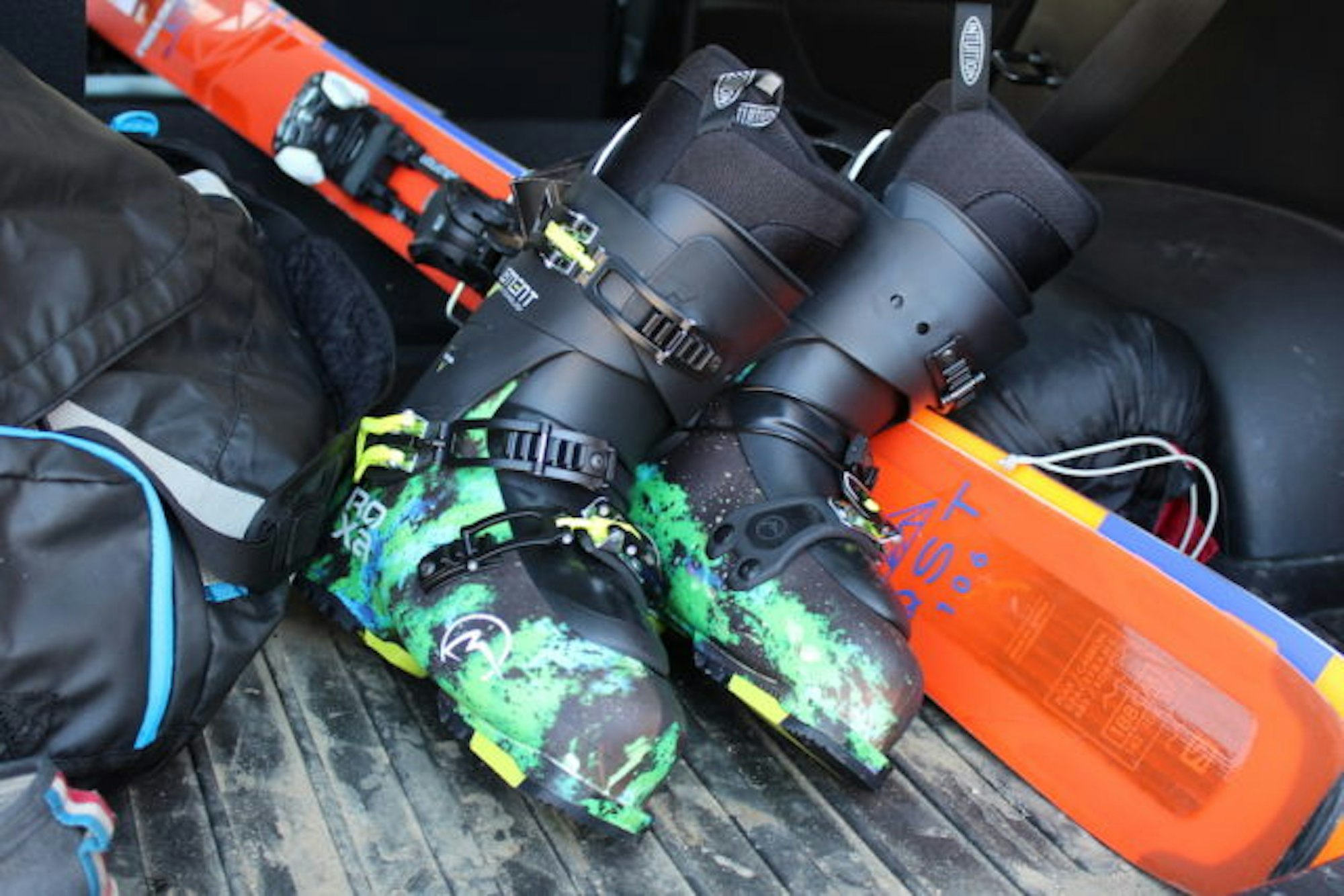
I showed up to Arapahoe Basin hoping for warm and sunny weather, paired with soft and slushy snow. Instead, I got the opposite; it was no warmer than 20 degrees, the snow was rock-hard and the wind was howling. In other words, I was graced with the most wintery of conditions to test this freeride boot—a chance to really give it a go instead of simply playing around among forgiving conditions.
Before I even hopped on the lift, the first thing I noticed about the Element 120 was its snug fit. This can be attributed to a Freeski Wrap Intuition Liner, which literally wraps around one’s feet, ankles and shins like a burrito and molds itself to your body like a Tempur-Pedic mattress. (For a fully proper fit, however, these liners should be taken to your local bootfitter and heat-molded.) A practical 99-mm last also comes into play, here; many boots out there are either at 98 or 100, and this one hits a sweet spot. This difference of one millimeter may seem trivial to some but, in reality, it’s absolutely one of the most important factors to recognize when searching for a boot. (Click here to learn more about boot tech.)
Additionally, the boots’ lightweight profile felt like a dream right out of the gate—much thanks to the use of Grilamid plastic. At just 1,550 grams per boot (for size 26.5), these are as light as some of the best freeride-focused touring boots in the industry, even though they aren’t specifically categorized as a touring product.
On the downhill, it was the shell’s three-piece Cabrio design that would ultimately impress me more than anything. The polyamid (nylon) tongue offers a great balance between stiffness and forgiveness, meaning you can really push it through turns with great response (that 120 flex is ideal for me, personally) and also count on it to treat your shins well when the going gets heavy. High shell walls on the main sector of the boot provide ample stability, building on the snug fit from the liners and holding your shins/calves in place super well. Last but not least, the cuff offers three different forward lean positions, easily adjustable via an Allen Screw.
Even the buckles of this boot are impressive and well-worth discussing—primarily the middle and lower buckles of this three-buckle design. The middle buckle, referred to as the Heel Lock Buckle, is placed specifically at a 45-degree angle, which keeps your heel completely grounded. The toe buckle, meanwhile, is inverted, preventing unbuckling or damage. In other words, the buckle flipped around so the lever faces inward, out of harm’s way (rocks, inconsistent snow, etc.).
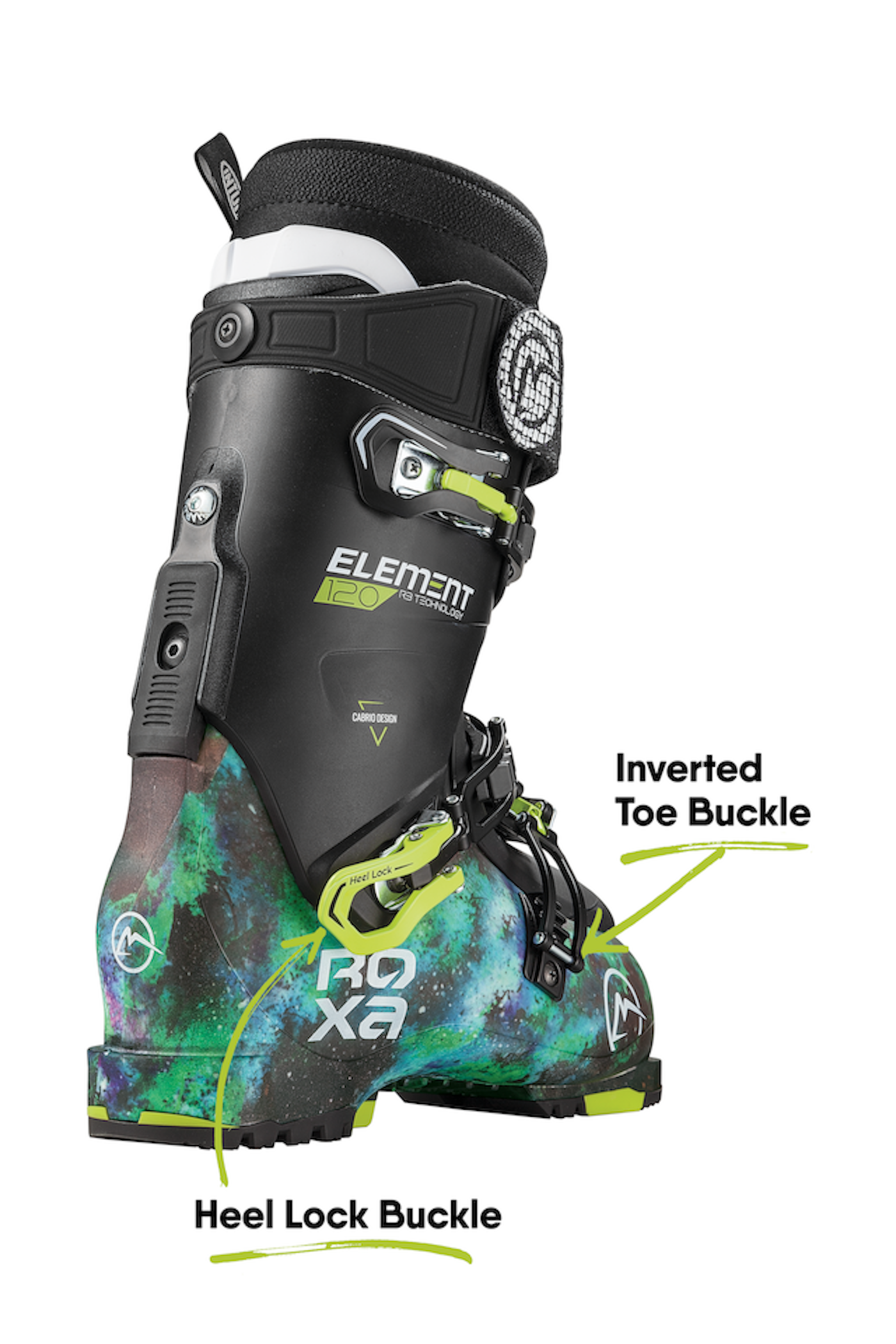
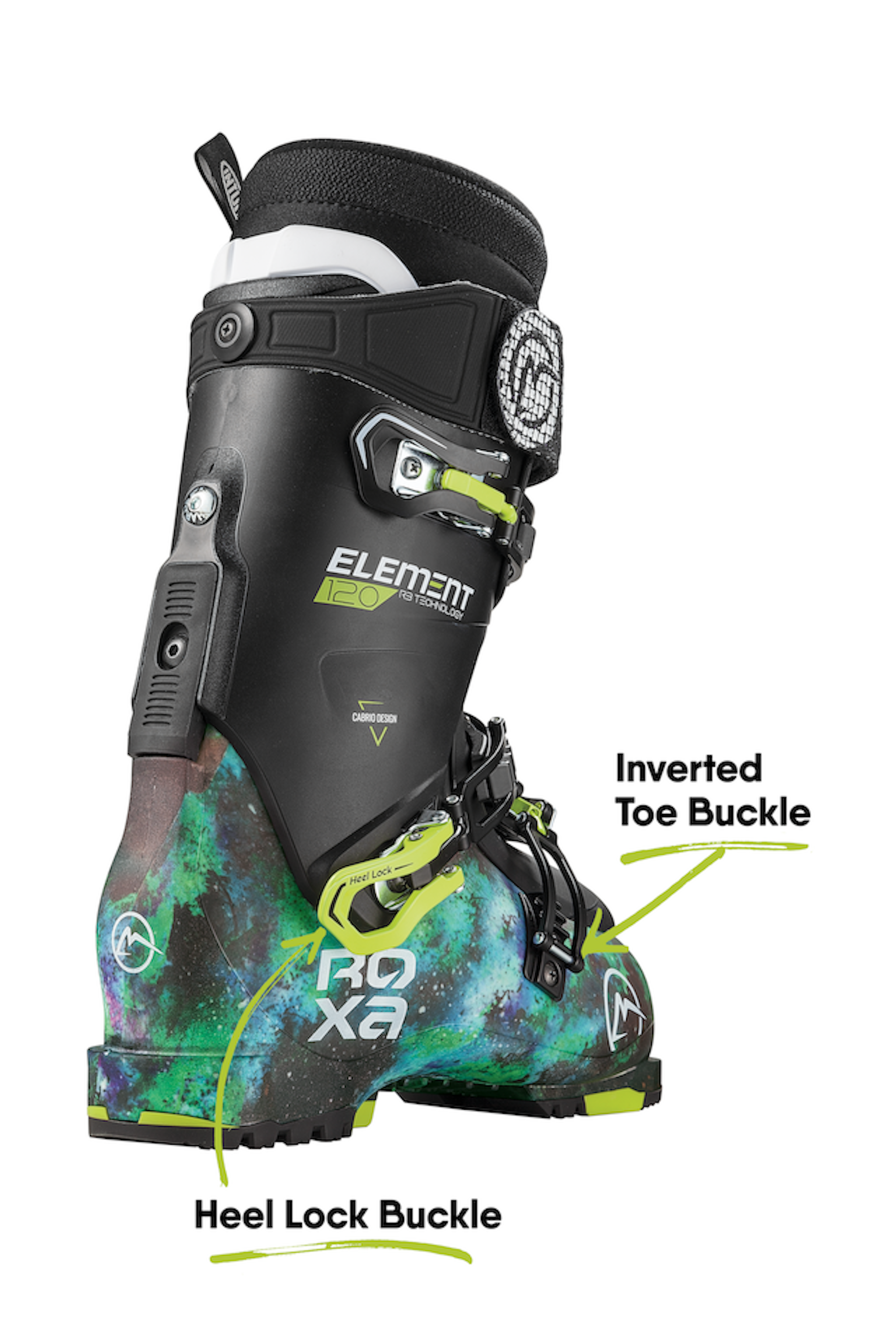
All of this technology collectively provided for an absolutely awesome day, even in pretty darn rough conditions. I ripped groomers—fully flexing the boot in a manner that was reminiscent of my old racing days. I launched off side hits and cliffs with icy landings, experiencing no issues or pain at all. I smeared through inconsistent powder patches in which the boot fought back with strong, powerful performance. All was well with the Roxa Element 120, and then some. Not bad, considering this was a straight-up “out of the box” experience, with zero boot-fitting work done. And boot-fitting, as you all know, can only enhance the experience.
Next time you shop for a new pair of boots, consider Roxa, and particularly the brand’s Element 120—hitting online stores and retail shelves this fall. —Connor W. Davis, Online Editor
[su_button url=”https://www.roxa.com/” target=”blank” style=”flat” background=”#006699″ size=”5″ radius=”5″]Shop Roxa[/su_button]

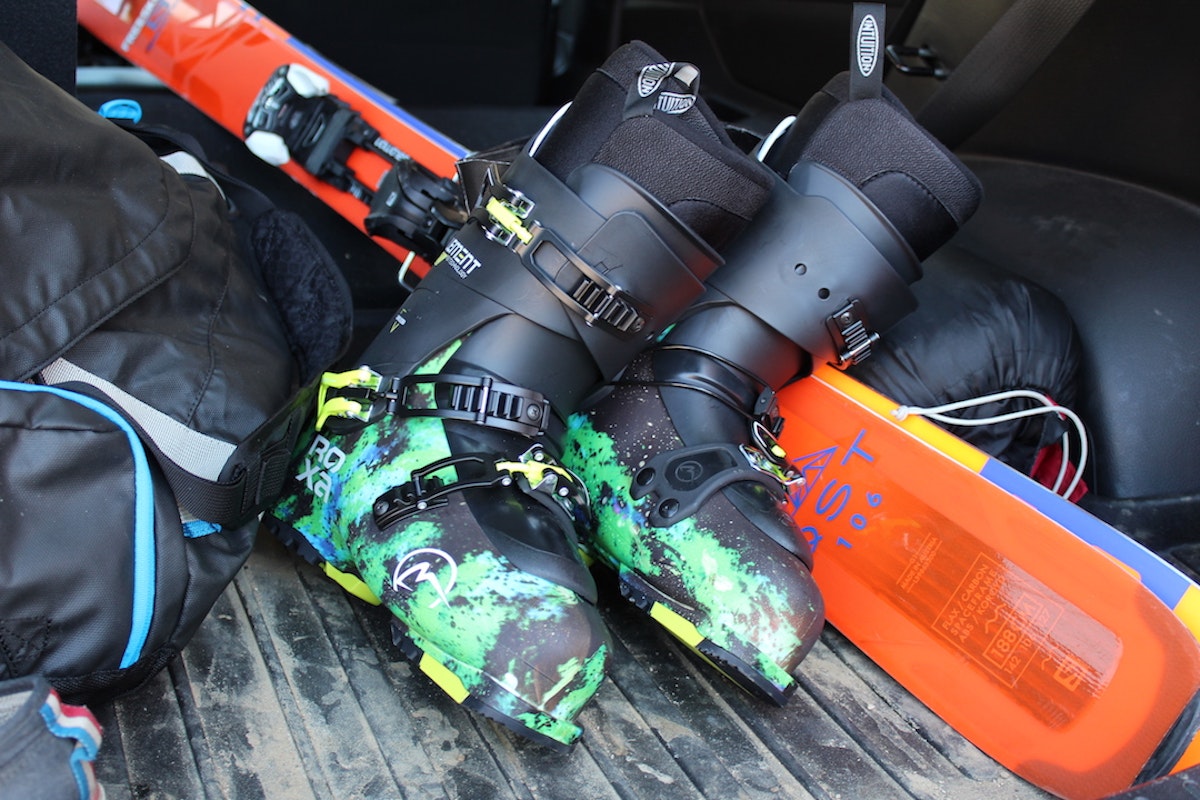
![[GIVEAWAY] Win a Legendary Ski Trip with Icelantic's Road to the Rocks](https://www.datocms-assets.com/163516/1765233064-r2r26_freeskier_leaderboard1.jpg?w=200&h=200&fit=crop)
![[GIVEAWAY] Win a Head-to-Toe Ski Setup from IFSA](https://www.datocms-assets.com/163516/1765920344-ifsa.jpg?w=200&h=200&fit=crop)
![[GIVEAWAY] Win a YoColorado X Coors Banquet Prize Package](https://www.datocms-assets.com/163516/1764877349-long-live-local-cooler-bag2.jpeg?w=200&h=200&fit=crop)
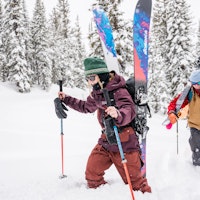
![[GIVEAWAY] Win a Legendary Ski Trip with Icelantic's Road to the Rocks](https://www.datocms-assets.com/163516/1765233064-r2r26_freeskier_leaderboard1.jpg?auto=format&w=400&h=300&fit=crop&crop=faces,entropy)
![[GIVEAWAY] Win a Head-to-Toe Ski Setup from IFSA](https://www.datocms-assets.com/163516/1765920344-ifsa.jpg?auto=format&w=400&h=300&fit=crop&crop=faces,entropy)


